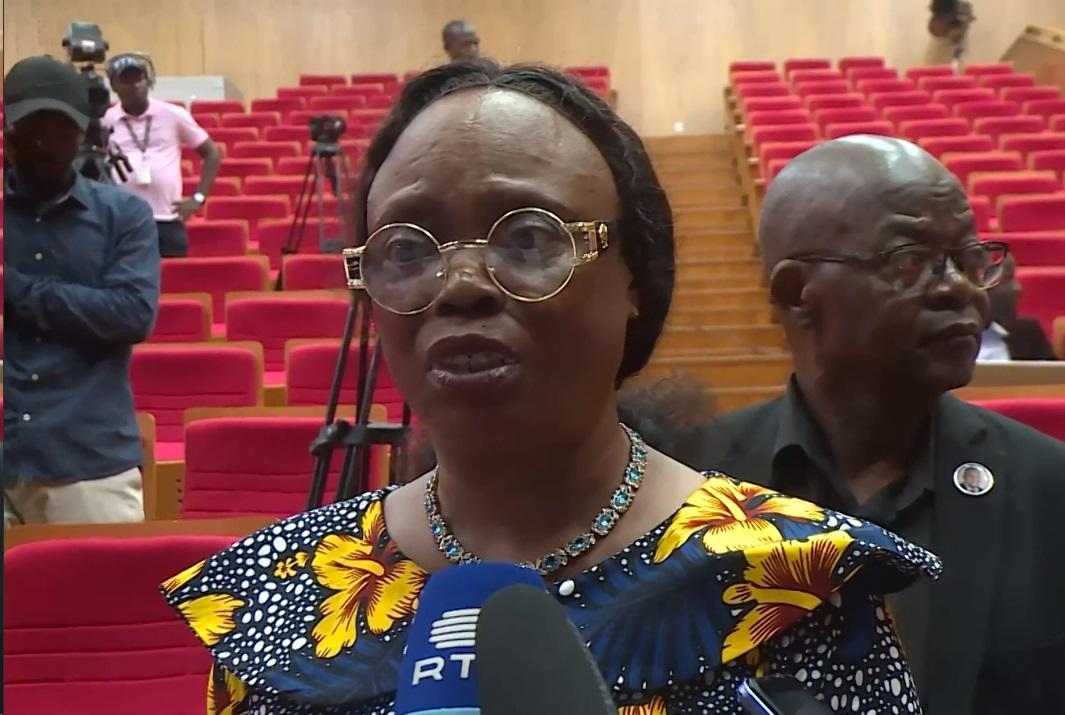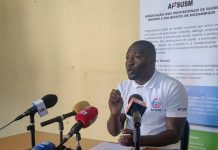Africa-Press – Mozambique. The disputes over the Mozambican municipal elections held on 11 October are far from over, despite the proclamation by the Constitutional Council of the definitive results on Friday.
Although there can be no appeal against the Council’s decisions, that does not stop opposition parties from denouncing the results as fraudulent.
The Council overturned the preliminary results announced on 26 October by the National Elections Commission (CNE) in four municipalities where a victory for the ruling Frelimo Party had been fraudulently declared.
Now the main opposition party, Renamo, has a majority in the municipal assemblies of Quelimane, Chiure, Alto Molocue and Vilankulo, and Renamo candidates will become the mayors of these municipalities.
In five other municipalities, including Maputo and the neighbouring city of Matola, the Constitutional Council took tens of thousands of votes that had been falsely attributed to Frelimo and gave them back to Renamo and to the second opposition party, the Mozambique Democratic Movement (MDM).
This greatly increased the number of seats in the municipal assemblies held by the opposition, but left overall control in the hands of Frelimo.
Renamo election agent Gloria Salvador immediately protested that in reality Renamo had won in Maputo and Matola. Renamo bases this claim on its own parallel count of the polling station results sheets (“editais”) in the two cities.
Credible observer groups also undertook a parallel count and came up with the same conclusion – Renamo had won.
READ: Renamo wins in Maputo and Matola, parallel counts show – CIP Mozambique Elections
So how could the Constitutional Council produce a different result? The editais are the only source for the votes cast, and the editais in the possession of the competing parties should be exactly the same as those that the CNE delivered to the Council.
The discrepancy has led to the theory, widespread on social media, that the results announced by the Council were nothing to do with who had really won the election, but were a political compromise, wiping out some of the worst features of the fraud that enjoyed the CNE’s blessing, but allowing Frelimo to retain control of Maputo and Matola.
This smacks of a conspiracy theory, but it is not out of the question, given the huge number of irregularities that occurred in these elections.
But other explanations are possible. Renamo suspects that the Council did not use the real editais. The Council asked the CNE for the editais, but investigations showed that it was not the full CNE that handled these requests, but only its Frelimo-supporting majority. Those CNE members appointed by Renamo and the MDM were cut out of the correspondence between the CNE and the Constitutional Council.
This led those CNE members appointed by Renamo to write a letter to the Council, saying they had been taken by surprise by the correspondence between the CNE and the Council.
They urged the Council to consider the documents sent by the CNE, without their knowledge, as “forgeries, fakes and with no legal effect”, because “they were dealt with outside of the legal functioning of the National Elections Commission”.
They asked the chairperson of the Constitutional Council, Lucia Ribeiro, to regard the editais sent by the CNE, without their knowledge, as “inadmissible and illegal”.
So were the editais used by the Council to recount the votes genuine or fakes?
We do not know, because the Council has not told us. In the Council’s ruling, in every case where it changed the results, it gave the explanation that “the results proceeded from the re-verification of the data in accordance with the proof produced”.
But it did not show this proof, even though the editais are public documents. Did it use all the polling station editais, or did it exclude some? Editais could be excluded legitimately if, for example, they showed signs of tampering, or if the figures they contain do not add up.
This information is not available – but it could be put easily in the public domain. To justify the changes it made, the Constitutional Council could put the editais on a website, alongside the copies of the editais used by Renamo.
Since the Mozambican electoral bodies say they want “free, fair and transparent” elections, this would seem an obvious solution. Otherwise we are left guessing, for example, about why the Frelimo vote in Matola was cut by almost 30,000.
The Constitutional Council changed the results in nine municipalities, and in each case the Frelimo vote went down and the Renamo vote went up. In four other municipalities, the signs of fraud were so blatant that the Constitutional Council ordered a re-run of the election in the entire municipality (Marromeu), or in several of the polling stations (Nacala, Milange and Gurue).
In the other 52 municipalities, the Constitutional Council did not, as far as is known, recount the votes expressed on the editais.
The Council has no power to prosecute electoral crimes – that is a job for the Public Prosecutor’s Office. But there is so far no sign that anyone involved in ballot box stuffing, or other serious election crimes is being prosecuted.
When she announced the results on Friday, Lucia Ribeiro demanded “exemplary punishment” for those who had committed election crimes, to prevent the same thing happening again in future elections. It remains to be seen whether prosecutors will act on her words.
For More News And Analysis About Mozambique Follow Africa-Press






